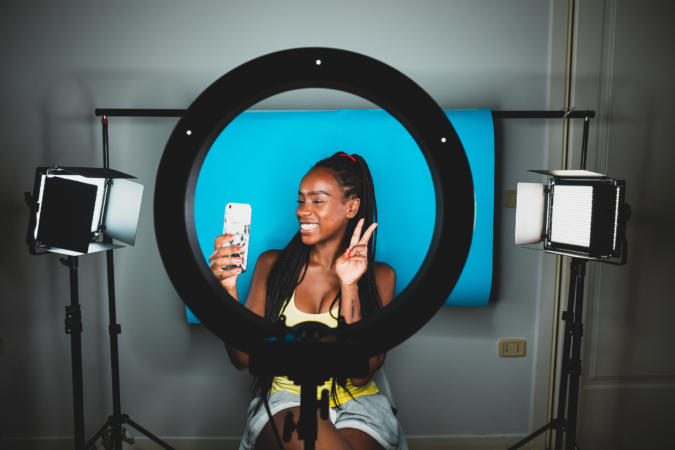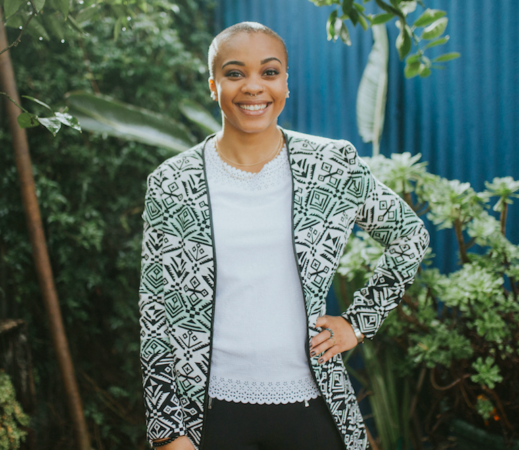Black influencers are really getting that bag online, and this new report has the statistics to back that up.
The community of Black influencers has been growing tremendously in the past few years and so has the money. Orlando, Florida-based IZEA Worldwide, an influencer marketing technology, data and services provider for leading brands, recently published a report detailing the earnings equality among social media influencers. The second annual State of Influencer Equality report analyzes influencer earnings from data that IZEA collected between 2015 to 2020.
“We are delighted to see the increase in pay for African American influencers within the IZEA ecosystem this year in-particular,” said IZEA Founder and CEO Ted Murphy in a statement. “Brands are consciously making the decision to include more people of color in their campaigns, and that commitment is reflected in our marketplace data.”
The data shared in the State of Influencer Equality report is comprised of negotiated rates between marketers and creators, a press release states, and the data spans from micro-influencers to A list celebrities. The gender and race identifiers are self-reported by influencers and according to IZEA, the average reporting for all races has risen dramatically in the past five years.
Influencers of all races have risen sponsored post prices drastically. On average, Black influencers are charging brands $1,773 per sponsored post. This is a 1,375 percent increase compared to the average price of $129 that Black influencers were charging just a few years ago. Asian influencers are charging $1,582 on average per sponsored post while white influencers are making the least with $1,202 on average per post.
“In 2015, Caucasian influencers received 73 percent of all sponsorship transaction volume,” Murphy shared in a press release. “That number has been decreasing over time and now mimics the U.S. Population. Thirty-five percent of Americans identify as Non-White, and sponsorship deal flow for those racial minorities has now reached thirty-seven percent.”
Here are some more key findings from the report:
- In 2020, Black influencers made an average of 47 percent more per post on social media than their white counterparts.
- Women influencers are still on top, receiving 90 percent of all transaction volume in the past five years.
- Influencers under 17-years-old are in high demand, earning 2.3 times more per post compared to influencers between age 45 and 54-years-old.
This report doesn’t just show how much more Black influencers are making compared to their white counterparts, but it also shows how much more diverse social media influencers and creators are in demand right now from leading brands.
“The historic events that have unfolded over the past year have had a dramatic impact on the way brands are embracing inclusion,” Murphy said in a statement. “Diversity in brand creative have become a critical topic for many large organizations, and has become a particularly relevant point of discussion in influencer marketing. The voice of the individual is central to the success of an influencer marketing campaign, and we believe that diversity in influencer marketing yields better outcomes on every front.”
Despite women dominating the social media influencer industry, men are still making more money than them. On average, men make $2,258 per sponsored post while women are only making $1,719. IZEA did report that the pay gap decreased significantly between 2019 and 2020, shrinking from 47 percent in 2019 to 24 percent in 2020. Though there has been progress, it’s just simply not enough and hopefully, that gap continues to dissipate in the years to come.
Influencer marketing has been alive and thriving since 2006 when mothers started blogging, Murphy explained, and those mothers were majority white women. As the industry expands, women are still dominating the landscape. The prices for sponsored posts from non-white and men influencers are in high demand because they are more up and coming. There’s still a huge opportunity for minority influencers to excel in this industry as more brands get on board with the movement.
Check out the full State of Influencer Equality report and head to IZEA’s website for more influencer marketing statistics.


